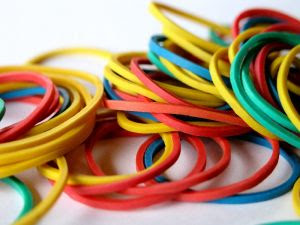Check out here:
Rubber Trees
The rubber tree seedlings are first put in the pots until they are firmly grounded then eventually they are transferred to a plantation where they grow for about six years. The slivers of bark are removed to tap the rubber trees which lets the latex flow through the tree into the receptacles stuck to the tree.
Rubber Types
There are basically two kinds of rubbers namely natural and synthetic rubbers. Natural rubbers are those made up of various tree saps while synthetic rubbers are made up of various chemical compounds using oil as a base agent.
Historical Names of Rubber
Historically, rubber was known with different names in different countries like: In Mexico it was called “Olli” While West Africans called rubber as “Funtumia Elastica” and Brazilians referred to it as “Manihot Glaziovii”. Ecuadorian Indians named it as “Hevea” while in Central America and Mexico they referred to it as “Castilloa”.
Important Individuals in the Rubber Industry
Mr. Charles Marie de la Condamine was the first person to write a scientific paper regarding rubber. He presented the paper in 1751 while published it in 1755. Another important person of this industry was Mr. Charles Goodyear who invented the process of vulcanizing of rubber so as to use it in shoes and tires. The dynamic duo of Mr. Wallace Hume Carothers and Mr. Arnold Collins developed Neoprene, the very first derivative of synthetic rubber.










0 comments: